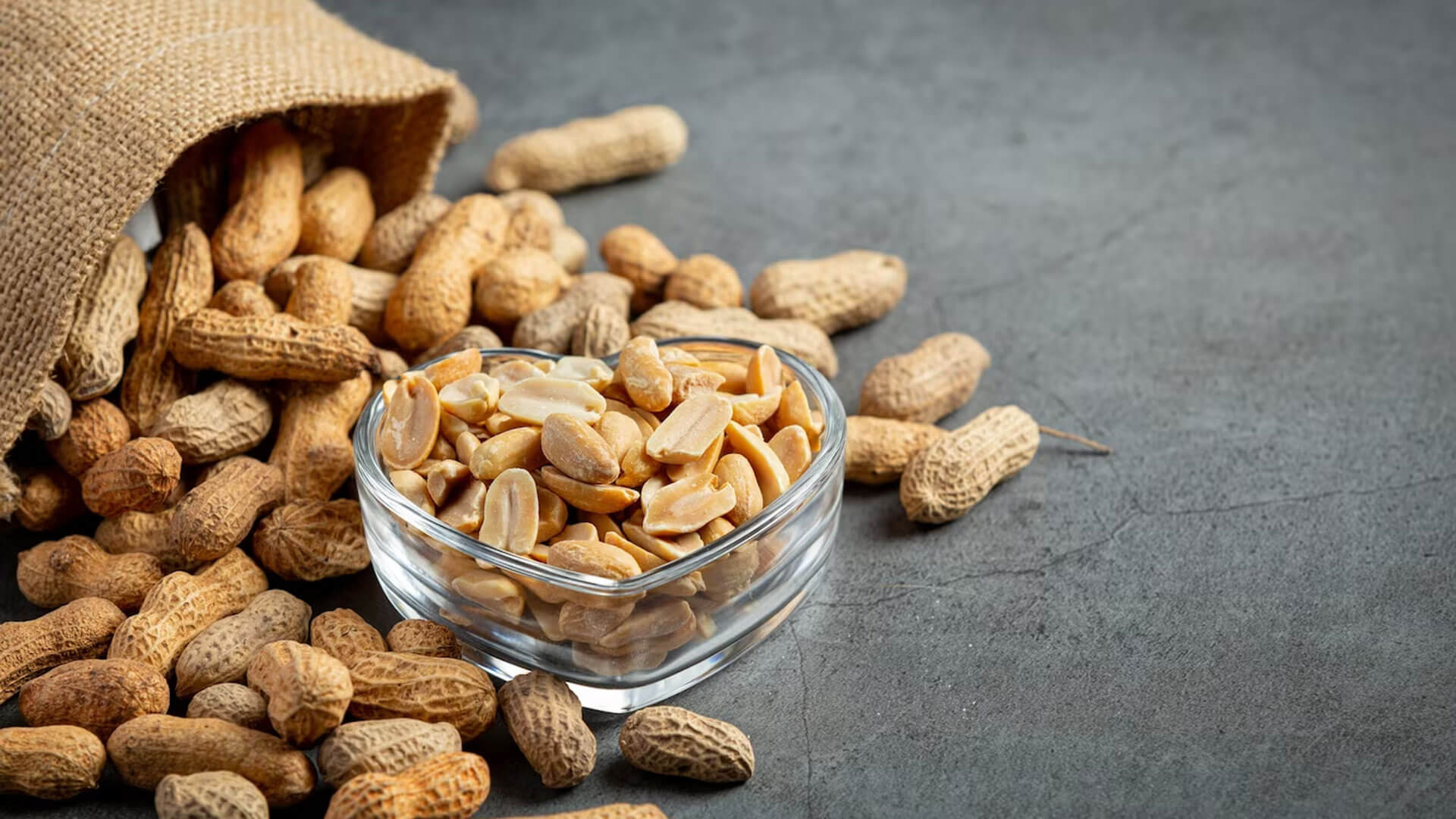
Groundnuts, also known as peanuts, are an essential crop for many African farmers. They provide a valuable source of nutrition and income, making them a vital component of agricultural practices across the continent. Harvesting groundnuts at the right time and employing effective techniques can significantly enhance yields and profitability for farmers. In this article, we will explore the key steps and considerations involved in groundnut harvesting.
- Determining the Optimal Harvest Time: Timing is crucial when it comes to harvesting groundnuts. It is essential to wait until the groundnut plants have reached full maturity, which is typically indicated by the yellowing and drying of the leaves. The groundnut pods should have turned brown, and the kernels inside should have attained their maximum size. Harvesting too early can result in underdeveloped seeds, while harvesting too late may lead to increased shattering and losses.
- Preparing the Field: Before commencing the harvest, it is essential to prepare the field properly. Clear the ground of any debris, stones, or weeds that may hinder the harvesting process. Ensure that the soil is dry enough to prevent mud from sticking to the pods and causing contamination.
- Selecting the Harvesting Method: Farmers have two primary options when it comes to groundnut harvesting: manual harvesting or using mechanized equipment. Manual harvesting involves pulling the entire plant out of the ground and then separating the pods from the plant. This method is labor-intensive but suitable for small-scale farmers or areas with limited access to machinery. Mechanized harvesting, on the other hand, involves using specialized equipment such as groundnut diggers, combines, or pickers. Mechanization can significantly increase efficiency and reduce labor requirements, particularly for larger-scale operations.
- Harvesting Techniques: If manual harvesting is chosen, farmers should follow these steps: a. Loosen the soil around the plants gently using a digging fork or hoe. b. Carefully lift the entire plant out of the ground, ensuring that the roots remain intact. c. Shake off excess soil and place the plants in rows to dry. Avoid exposing the pods directly to the sun to prevent damage.
- Curing and Drying: After the groundnuts are harvested, curing and drying are essential steps to promote proper seed storage and prevent mold growth. Place the plants in well-ventilated barns, sheds, or covered drying racks, avoiding direct exposure to rain or excessive moisture. Allow the groundnuts to air-dry for a period of two to three weeks until the pods become dry and brittle. Regularly turn the plants during the drying process to ensure even drying and prevent fungal growth.
- Post-Harvest Handling: Once the groundnuts are dry, it is time to remove the pods from the plants and separate them from the leaves and stems. This can be done manually by hand-threshing or using mechanical methods such as threshers or shelling machines. After shelling, clean the groundnuts to remove any remaining debris or foreign matter.
- Storage and Marketing: Proper storage is critical to maintain the quality and market value of harvested groundnuts. Ensure that the storage area is clean, dry, and well-ventilated. Use appropriate containers such as jute bags or airtight bins to protect the groundnuts from pests, humidity, and mold. Regularly monitor the stored groundnuts for signs of spoilage and promptly address any issues.
When it comes to marketing, consider local demand, as well as opportunities for value addition such as processing groundnuts into peanut butter, oil, or other products. Explore both local and regional markets to find the best prices and market channels for your crop.



















Leave a Reply